With 19 ships and 3 submarines, the oceanographic fleet
French is important. Improved, replaced, equipped with furthermore sophisticated
devices, these machines sound the oceans, analyze seabeds, list the species and work at protection of the
marine environment. France, represents a little less than 10 % of the world
effort of oceanographic research, with equality with the United Kingdom, after the United States (approximately half of
the international effort) and Japan (the fifth one of the total).
Having
traveled the oceans during several centuries, to discover new lands and to map them, to list their plants, the European
are late going to be interested in these oceans. From the 20th century,
ships are specially built to know better seas, ocean
and the nature: the modern oceanography was born.
|
|
|
|
|
|
|
| James Cook gathered a set
considerable of data on the dominant wind conditions and main oceanic currents of surface during its 3 journeys. |
 |
| In the trail of Cook, several British or French expeditions are led but are interested in the ground botany |
| |
|
|
|
| The expedition of Nicolas Baudin, left Le Havre on 19 October 1800, returned in France a harvest of marine animals with
two ships Geographe and Naturaliste. captain King makes numerous observations of hydrology during the expedition of Adventure and the Beagle (1825/1830) |
 |
 |
| In 1826, a Russian expedition led by two corvettes, Seniavine and Moller, is ordered by Nicolas Ier for the imperial Academy of the sciences, supervised by Friedrich von Lütke,
born in Germany then raised in Russia (from where his Russified name Litke). She makes a world tour of more than three years,
from August 1826 till September 1829, in the course of which is established one
Important collection of natural history. |
 |
 |
 |
| On July 1st, 1837, the corvette HEROINE,
under the orders of commander Jean - Baptiste Cécille, leaves Brest and 47 days later the Rio de Janeiro Bay welcomes the three-masted
vessel. Then starts a long trip eastward in
the southern seas, via the island Marion, the Crozet Islands, Australia and
New Zealand. The Heroine gets back to Brest on 4 August 1839, ending a world tour
of more than 45.000 nautical miles in 764 days. |
The expedition of the SMS NOVARA is the first and
the most important scientific expedition of the Austrian Empire navy. She
took place around the world from 30 April 1857 till 26 August 1859. |
| |
| June 13th, 1838, corvette
La Recherche leave Le Havre in France aimed at the North of Scandinavia. The expedition
is purely
scientific and has for destination the islands of the North Atlantic and Scandinavia, including Faroe Islands, Spitsbergen and Iceland. |
 |
| The expedition of the Challenger, a
steam-assisted Royal Navy corvette, lauched in 1858, is the first big world oceanographic campaign between December 1872 and May 1876. Big world tour in the course of which are traveled 68 000 nautical miles (125 936 km), this journey is organized by the Royal Society in association with the university of
Edimburg. C.W. Thomson manages an important scientific team. The main
purpose was to study the pelagic animals and to understand the circulation of waters in the oceans. |
 |
 |
| |
| Albert Ier of Monaco |
| Born in 1848, the prince will make 28 oceanographic campaigns between 1885 and 1915. The knowledge of the life in the big depths will guide the research works of
the first ship acquired by the prince is a schooner, Hirondelle which moves on between 1885 and 1888 four oceanographic campaigns. |
 |
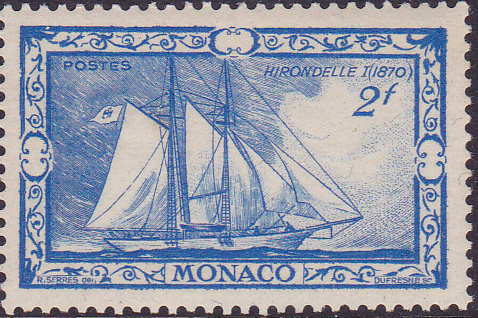 |
| Albert decided to acquire a faster bigger schooner: Princesse Alice (1891-1897), a beautiful three masts built
at Blackwall (London). She will be the second oceanographic ship in the
world specially designed for these spots. The schooner is well equipped for the photographic works
as she arranges three laboratories. This ship makes seven campaigns in the Canary Islands,
North Atlantic and in Manche. A deep record of water is measured: 5
530 meters in the southwest of Madeira. She is sold in 1900 and renamed
Eberhard, then Ellinor in 1903, and requisitioned by the British government in 1914. |
 |
Mechanization obliges. The beautiful sailing ship is replaced by a steam yacht, more convenient to the exploration in
Arctic : Princesse Alice II (1897-1910). Twelve campaigns are led between I898 and 1910 which allow trawlings depths never studied up to 6000 meters.
In 1912, prince Albert acquires a new
steam yacht. Hirondelle II (1911-1913) built at La Seyne
yard, near Toulon Five campaigns are organized off Norway and
Azores to study the Gulf Stream currents and the application of her
Meteorology in the maritime environment. |
 |
 |
| Just like Prince Albert, sovereign of Portugal Charles 1st charters several yachts named Amelia, in honor of
Queen Amélie. |
 |
One other sponsor, Jean-Baptiste Charcot, will invest from 1893 a part of his personal fortune in the oceanographic research and will take over from Prince Albert after his
death. Helped by the Prince of Monaco, he proceeds to the first French Antarctic expedition in 1903-1905 with
Le Français then in 1908-1910 with Pourquoi pas ?
To see our Charcot page |
| Wyatt Earp was a former herring boat used
by Lincoln Ellsworth, the American explorer, for a series of Antarctic
voyages. Purchased by Australian government, she became an Antarctic
research ship. |
HMS William Scoresby,
built 1926, at Beverly, Yorkshire, was specially designed for oceanographic
research and marking whales with the Discovery Investigations 1925-39. She
made eight scientific voyages with the Discovery Investigations. |
 |
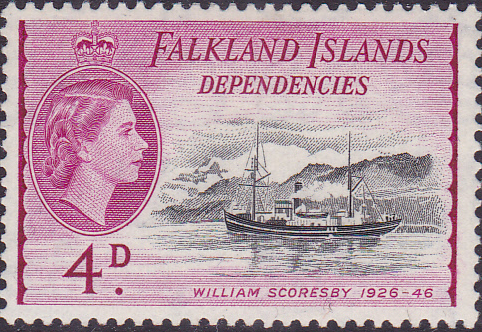 |
| After the war, Jacques Cousteau and his Calypso,
a former minesweeper of Navy acquired and fitted out in oceanographic ship thanks to private funds, will assure a French presence
on the oceans. |
 |
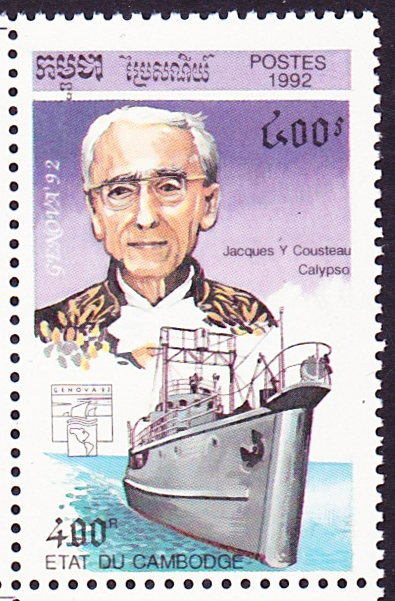 |
| Discovery II makes numerous journeys to
study the population of whales in Antarctica from 1929, for the government
of Falkland islands. |
 |
The USSR by its Academy of Science engage big means, as various Akademik.
Vitiaz is originally a cold-storage ship built
at Bremerhaven in March 1939. From 1946 till 1947, he serves as cargo boat
before being transformed between 1947 and 1949, to become the oceanographic
ship of the Academy of Science of the USSR under the name of Vitiaz Vitiaz
served as scientific vessel of the Academy during thirty years, from 1949 till 1979. He made a total of
65 scientific missions. Since 1994, Vitiaz is moored in front of museum
of Kaliningrad.
Bogorov gave his name to Professor Bogorov
oceanographic research ship, belonging to the department of the fleet of Far East of the center of scientific studies, created in 1973, compound of three ships (it
owns today twenty ships under Russian flag) |
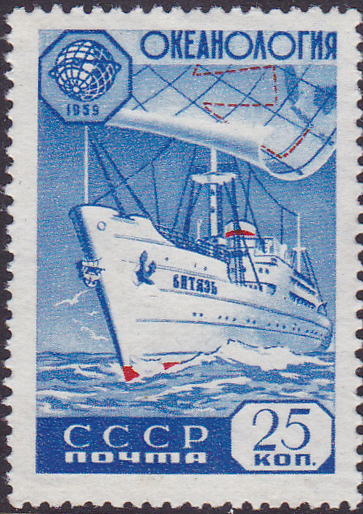 |
 |
| |
|
|
| Akademil Kurchatov is in 1966 the first one of a series of 6 ships built for the Academy of Science of the USSR being able to welcome 81 scientists Ernst Krenkel, with his 22 laboratories, chartered by the hydrometeorological service of the USSR then Ukraine, carries the name of a polar explorer |
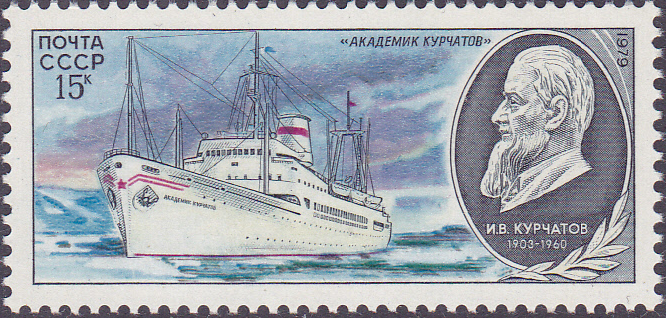 |
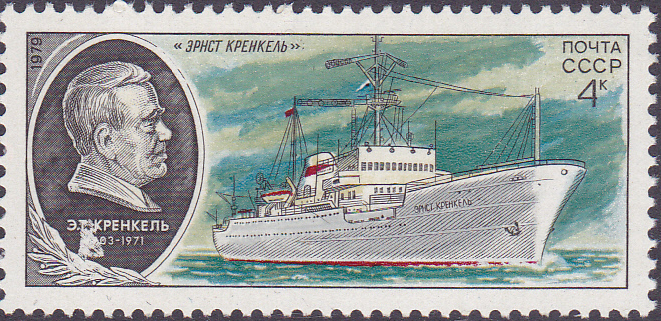 |
| |
In France, the National Center for the exploitation of Oceans
(CNEXO) is created in 1967 while the Scientific and Technical institute of
Sea fishings (ISTPM), was created by the finance act of 31 December
1918.
The CRYOS was made available to the laboratory ISTPM
of Saint-Pierre at the beginning of year 1970 to look for and study the halieutic potential rdans the northwest Atlantic Ocean up to its retreat of the service in Having 3 laboratories, Cryos was equipped with a back portico allowing him to practise the pelagic and semi-pelagic, thorough trawlings. |
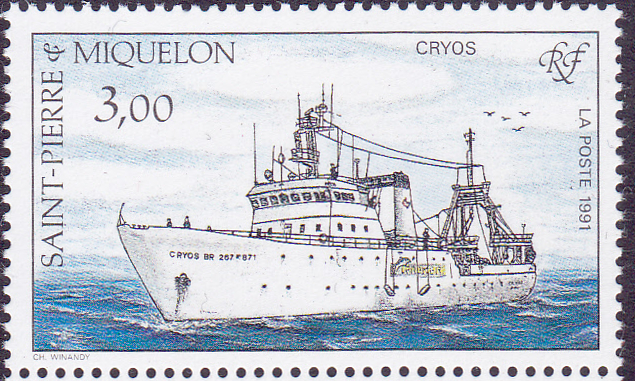 |
In 1984, Ifremer is created after merging the CNEXO and the ISTPM. At this moment, the oceanographic
French fleet consisted of 13 ships before the elaboration of a plan of
renewal.
The Marion Dufresne was launched in 1973 and made oceanological missions until 1995 Marion Dufresne 2 succeeded and pursues the oceanographic campaigns within the framework of the national and international programs. His modern equipments allow him to make
layouts in all the oceanographic domains and to take most long core samples of the world (more of 60 m). |
 |
 |
| The British also established a robust fleet of
resarch ships. |
 |
 |
| Built in Norway, the
icebreaker RRS Ernest Shackleton sails from 1995 under the name of
Polar Queen and is renamed in 1999. She serves as logistic cargo boat for
antarctic bases. John Biscoe II is used by British Anatrctic Survey from 1956 till 1981, |
Built in Norway, this icebreaker navigates from 1990 under the name of
Polar Circle. Chartered by Royal Navy and renamed Endurance in 1992. Removed from the service in 2009,
she has 48 cabins for 95 passengers. |
|
|
Several countries charter scientific ships: Spain (Las Palmas), Finland (Aranda), South Africa (Agulhas), Australia (Aurora Australis) used
to supply the Antarctic bases.
See our pages Ships
in Antarctic In Antarctic (2) |
 |
 |
 |
 |
|
|
|
Sailboats
well equipped benefit from the advantage of the silence; They can follow
sea currents and study the marine wildlife without disrupting it.
|
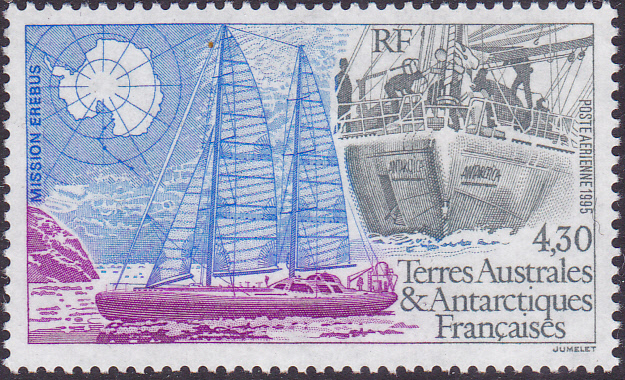 |
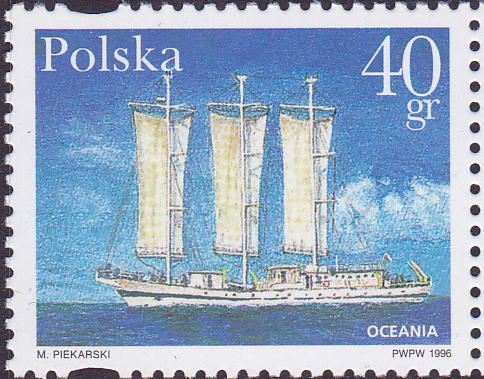 |
| Tara,
aluminum sailboat, former Antarctica of Jean-Louis Etienne, made about ten scientific missions on all the oceans of the globe since 2003: on the ice floe with Tara Arctic, to study the effects of the global warming,
on the plancton with Tara Oceans, on the coral with Tara Pacific... She can welcome 16 people, |
Length of 48 m, strong>Oceania,,
three- masted sailing research vessel built in Gdansk, owned by the Academy of Science, is équipped of laboratories and 16
cabins. |
|



































 MENU
MENU 
